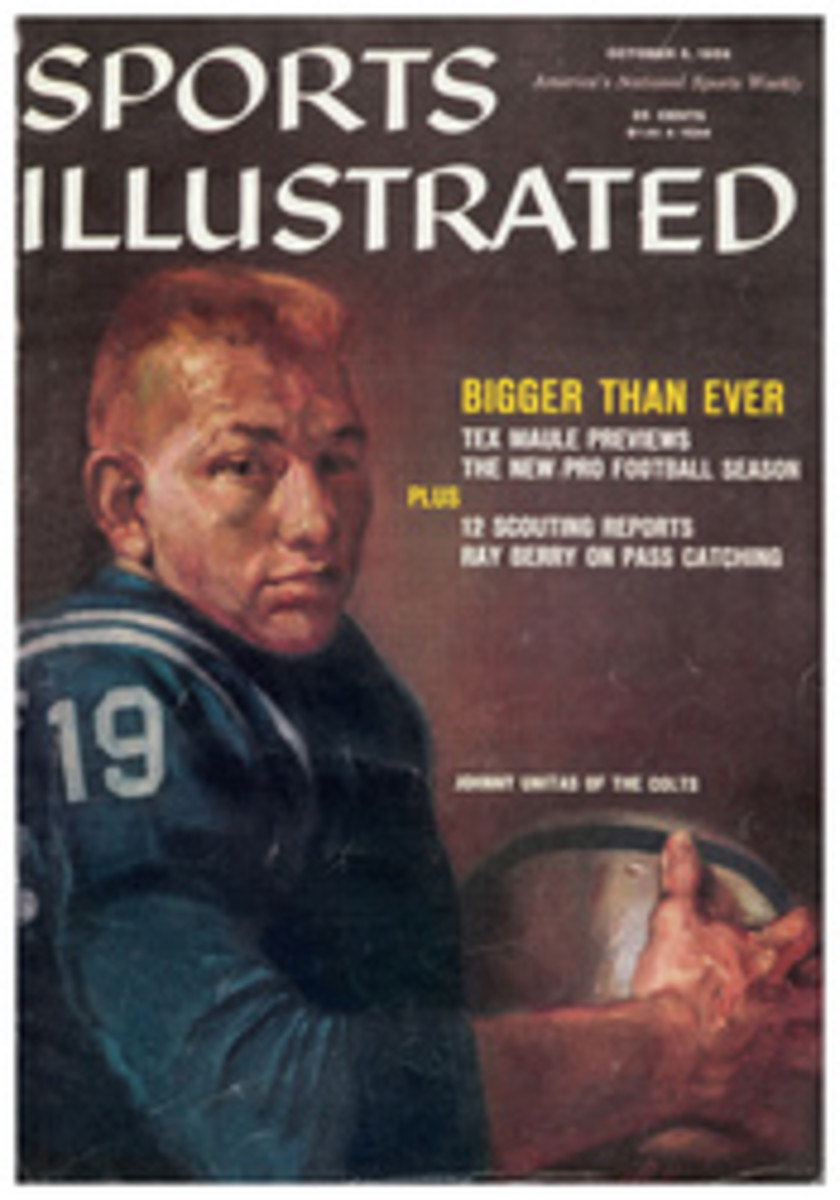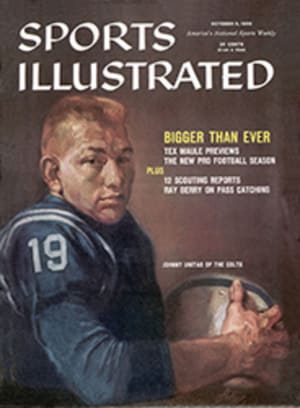
MEMO from the publisher
Next week the waterfowl season opens on the heavily trafficked Pacific flyway, to be followed by openings on the Central, Mississippi and Atlantic. This year there will be more hunters across the country than ever—and fewer ducks than usual because of a natural but unwelcome chain of events in Canada's great breeding grounds in the prairie provinces: a long drought, an unprecedented reverse migration and a late hatch.
At one time this year the ducks were threatened with a decrease in population estimated by some experts as high as 75%. On behalf of the ducks, bag limits and shooting seasons have been severely cut. On behalf of the duck hunters, some of whom seem to be taking things harder than the ducks themselves, SPORTS ILLUSTRATED next week presents a report which should give a clear idea of what is going on and why.
As a start, color photographs by Toni Frissell illustrate an article which describes the quacking, whirring situation in a comparatively small area north of Marysville, Calif., known as "District 10," where some years ago farsighted rice farmers discovered that southbound migrations, frustrated by the encroachments of modern pipeline and ditch irrigation, took to the rice paddies like, well, a duck takes to water. The happy hunters of these ponds now enjoy what may be the best shooting in the entire country.
As for the shooting that most of the rest of the country may expect this year, Richard Alden Knight's survey sets forth the prospects a hunter has of getting a duck, what kind of duck he's apt to get and the quantity he'll be allowed to keep. This opens up the embattled question of bag limits. In years like 1959, when nature has not done her best by our fine-feathered friends, man must compensate. At its simplest, the compensation is to hold fire. But that is not really so simple, and for the hunter who has been holding it for almost a year it is anything but sweet—and he says so.
This season, however, the hunter does have compensations of another sort. Virginia Kraft details them in a pound-by-pound comparison of what the well-accoutered hunter carries today alongside his leaden counterpart of only 10 years ago. For ducks this may be a light year in many places; but for those who seek them it should be the lightest. Let the hunter rejoice as he approaches the image of his quarry—less waterlogged, more nearly airborne.
PHOTO

